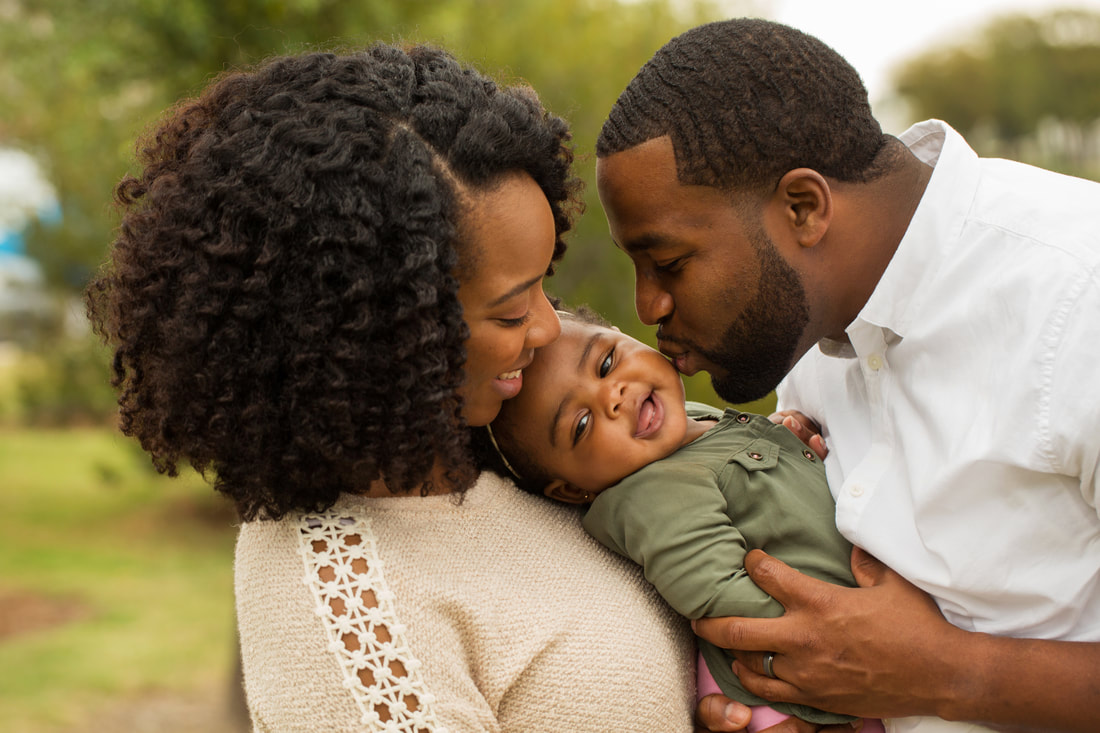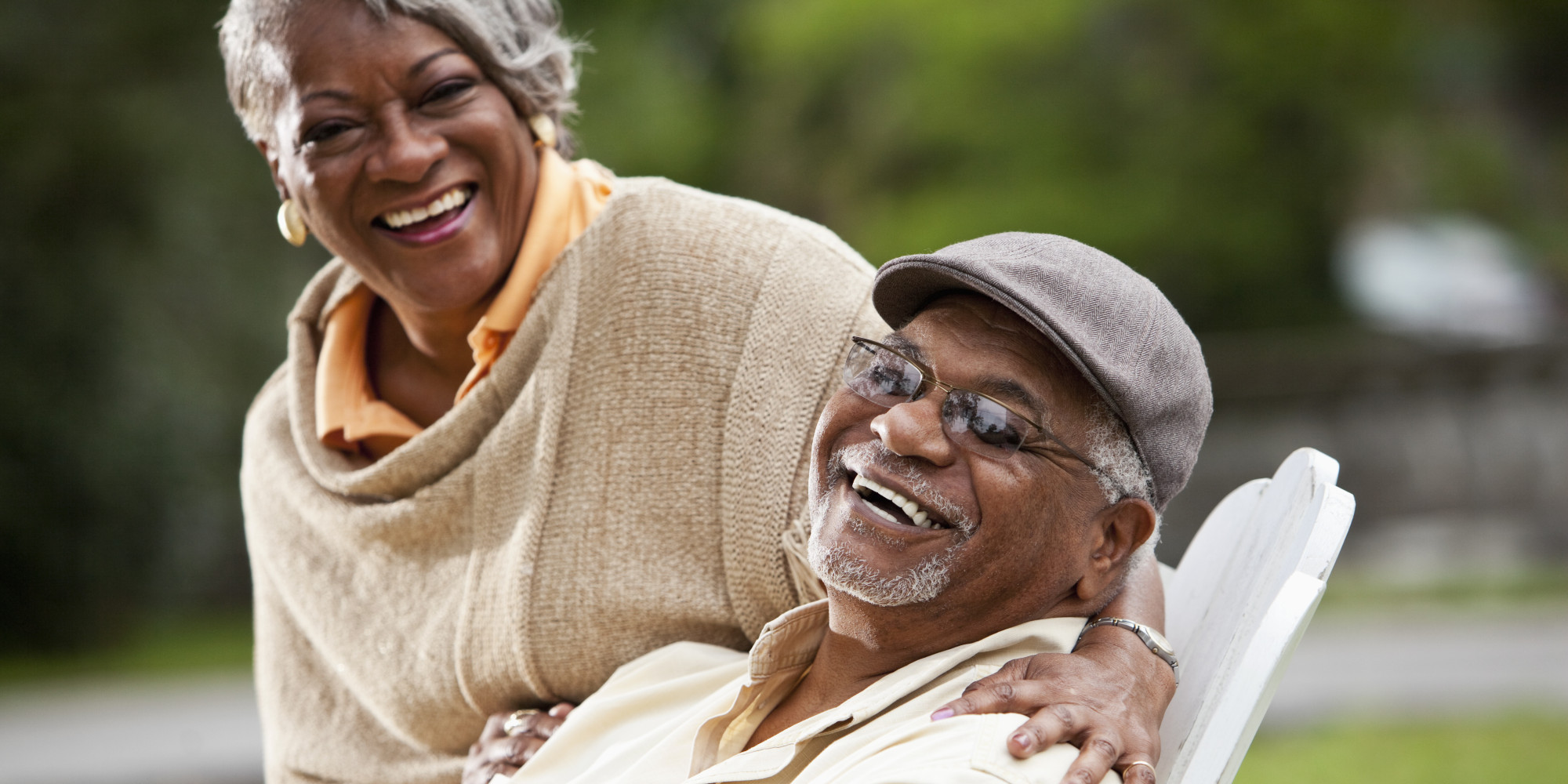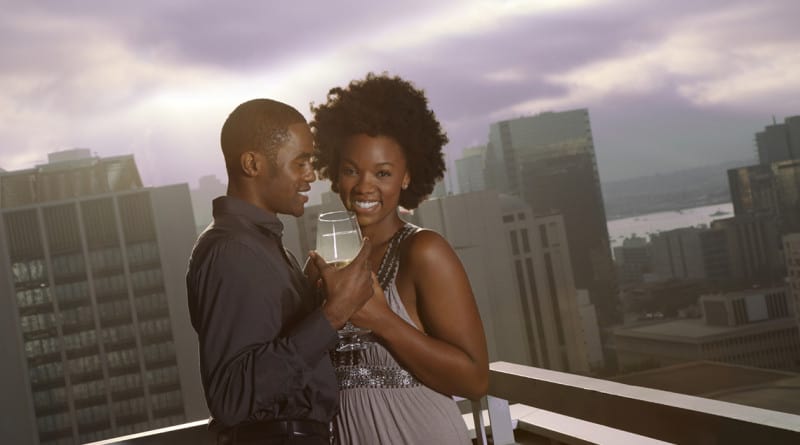Throughout many of the independent television stations, and even on mainstream screens, the push for more vigilance of Black American love stories, is increasing. Granted, they have been there in Black American spaces for centuries. However, the phenomenon of this is that such images are taking their place on the main stage. What is the significance of this? How is it contributing to increasing wellness for Black America’s psyche and holistic well-being?
As we address the role of Black American communities in the wellness and mental health movements, it is very important that we highlight the her/history of slavery in the United States of America, the psychological warfare on Black American people, and how many of those detrimental behaviors and patterns are prevalent in Black American communities. Much of that is due to there having never been a collective movement, within Black American communities, to address any existing, negative patterns from slavery; which has been subconsciously passed down within each generation. Such is for another writing. However, one thing that we can examine is the role of Black American love stories, their images, and how the vigilance of these images contributes to holistic well-being on love and relationships in Black America.
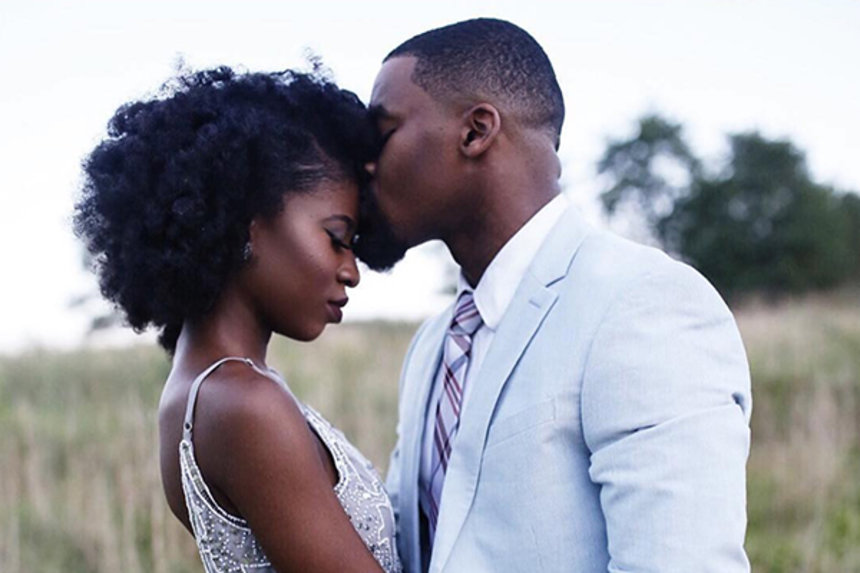
When examining the her/history of slavery in the United States of America, we are met with a her/historical lens into the value of family separation, and efforts to separate the family. The psychological warfare of eradicating any notions of Black American kinship or love. Ironically, even in the midst thereof, such continued to thrive. Whether in secret, or in full scale view. There are many discussions, which addresses how Black Americans continued to establish the family unit. Continuing loving relationships even in the midst of Jim Crow, lynchings, and others. We can also propose that the war on Black American relationships took place during integration, modern-day social assistance programs, and the entrance of Black Americans into mainstream spaces. Hmmm. . .Lots of conversations to take place.


When we examine the presence of Black American Love, and how that love has been lied about, and tarnished, in the mainstream Hollywood scene, we are pressed to examine that archaic notion in US Her/History of Black American love (and romantic relationships) viewed as abnormal or disease-ridden. This notion of such being unable to exist, as it is unnatural. That Blackness is void of peace, balance, gentility, care, nourishment, harmony, and stability. That the Negro woman in the United States is unfeminine and unable to provide nourishment and feminine energy to her mate. Somehow, she is presented as the only woman, who is void of these capabilities. Depicted as hardened, unfeminine, unkempt, and “destroying” the men of her community. Furthermore, Black American women have too often been presented as “masculine” in appearance. Mainstream television, films, and music videos greatly contributed to such imagery. These images were greatly detrimental to the mental and emotional well-being of particular Black American communities (i.e. high rates of single motherhood, father absence, and so forth).
Increased visibility of Black American romantic relationships, in mainstream visuals is a. . . phenomenon. Not only does it challenge out-dated notions, but it also re-instates the reality of Black Americans, as people. Unfortunately, some people are unable to fathom that. You have those who are even shocked (and even irritated) at the very image of Black Americans having normal lives. A Black American couple to be in love, go to the movies, and maintain a healthy, romantic relationship had been depicted as. . .odd.
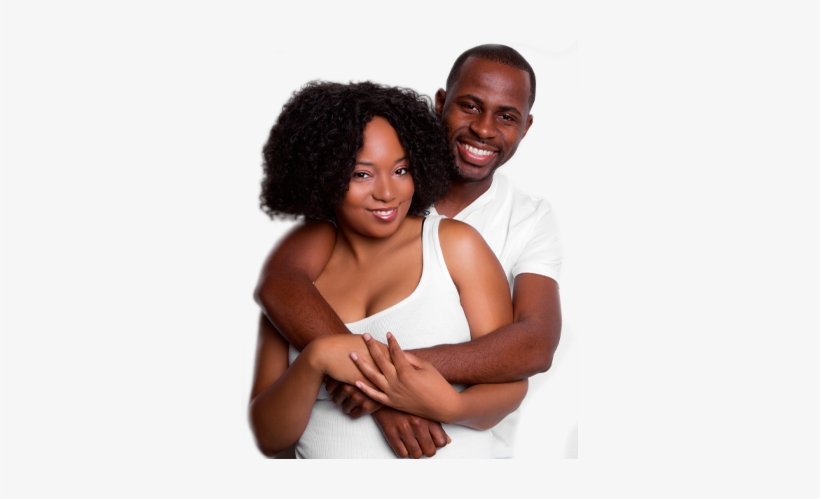
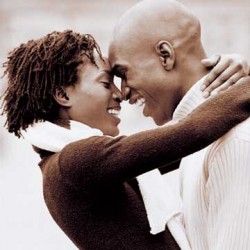
When we examine the emotional consequences of romantic love, and partnerships in Black American communities being hidden, we are met with questions concerning what such does to the break down of self-esteem and self-worth. These artificial notions projected onto Black America, that one is unable to find love (and thereby, emotional stability and physical nourishment) within one’s own community. It also leads to address conversations as to how such images contributed to hostilities between Black American men and women. These psychotic ideas of one’s natural, cultural mate being a “foreign” Being to one’s very existence.
So, when viewing holistic images of Black American relationships and love stories, as presented on the big screen (and for the mainstream eye), we are seeing a shift into how American Negroes and Negresses are being understood. Our perceptions of love, and holistic love among each other, are being placed for all to see. Our natural desire to be connected with each other, the communication, intimacy, understanding, healing, and emotional care. These images are powerful, and greatly contribute to the mental and emotional healing, desperately needed for Black American communities. Slowly weeding out PTSD and other traumatic auras of our genetic memory, which have been passed down from generation to generation. Much of it unbeknownst, or not having been properly articulated, to the majority of Black American people. Yet, we feel it, and have not practiced verbal conveying of this energy in our own personal journey. Unfortunately, it continues to remain stuck, leading to frustrations; while adding to ongoing hostilities. Even deeper is that it is subconsciously a secret desire for many of us (Black Americans) to want that nourishment from our own cultures and mates. A lot of that has already happened. However, for others, there is a struggle for direction on that journey.
Black American love. . . matters! Seeing that love, presented for the world to see. . . matters. It indicates that in this realm of emotional health and well-being, Black American people are healing from the PTSD patterns of slavery. Those patterns which have not been addressed because of our collective journey in creating economic and communal sustainability among our own. We continue making progress, even after the ending of slavery in the United States of America.

Love and images of Black Love, Black American Love, are heavenly tools in fixing any fragmentation, which have taken place in such communities. Slowly and surely, these healthy images will work to heal and mend familial, friendship, Sisterhood, Brotherhood, and Romantic Relationships within Black America. Such will take place. Images are healing. They affirm one’s existence. For Black American women, it is to feel desired by one’s natural mate. For Black American men, it is to know that he has a feminine image, and cultural garden, to return to for healing and wellness. They affirms one’s right to be desired and loved. It confirms that one has a space of belonging. Lastly, it highlights that one has a right to feel safe and nourished in one’s own cultural existence. For Black Americans, this is an even more sensitive issue, as at one point this was not permitted. Being healed in one’s own garden was not even seen as a possibility. So, with that being stated, let’s allow the beauties and nourishment of Black American love to flourish. Even more, let’s continue to paint, photograph, write, highlight, and craft the audacity of Black American love in present and future fruitions, for the seedlings already being laid.
